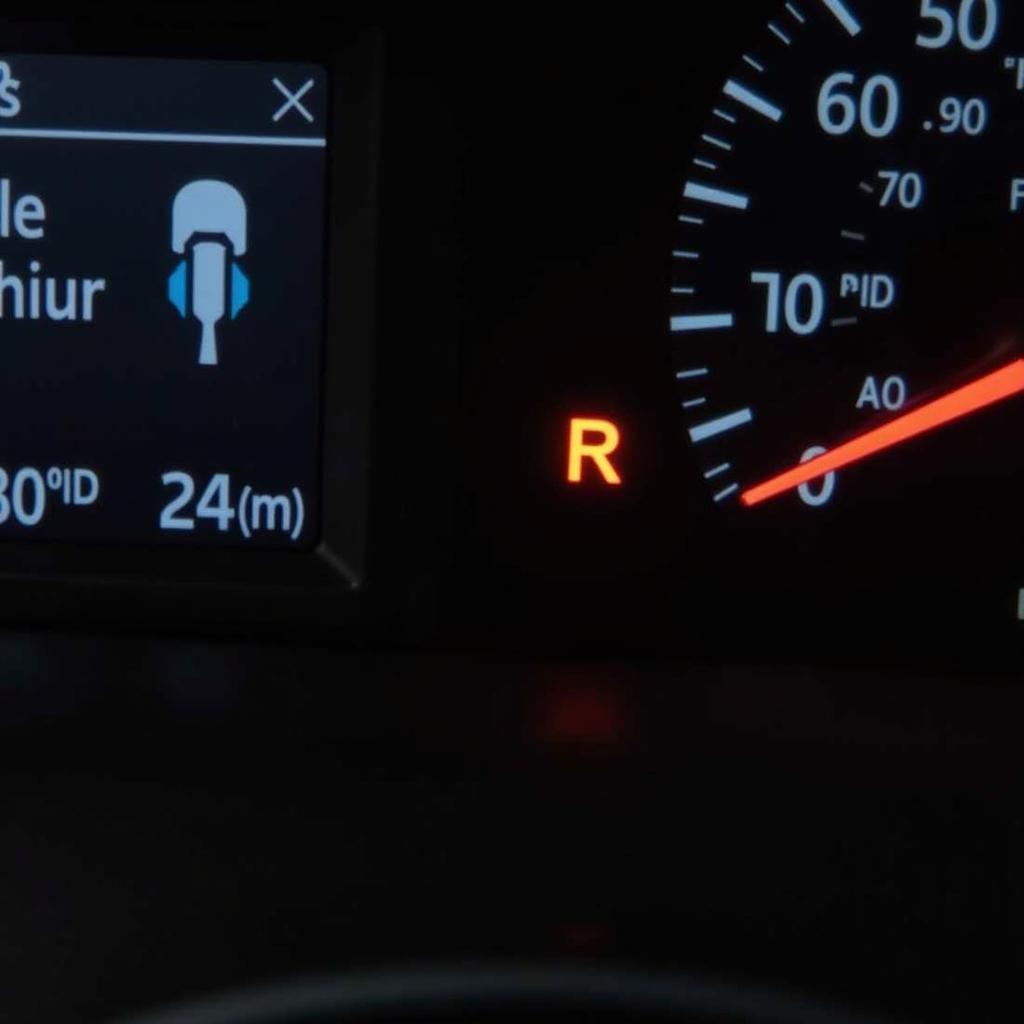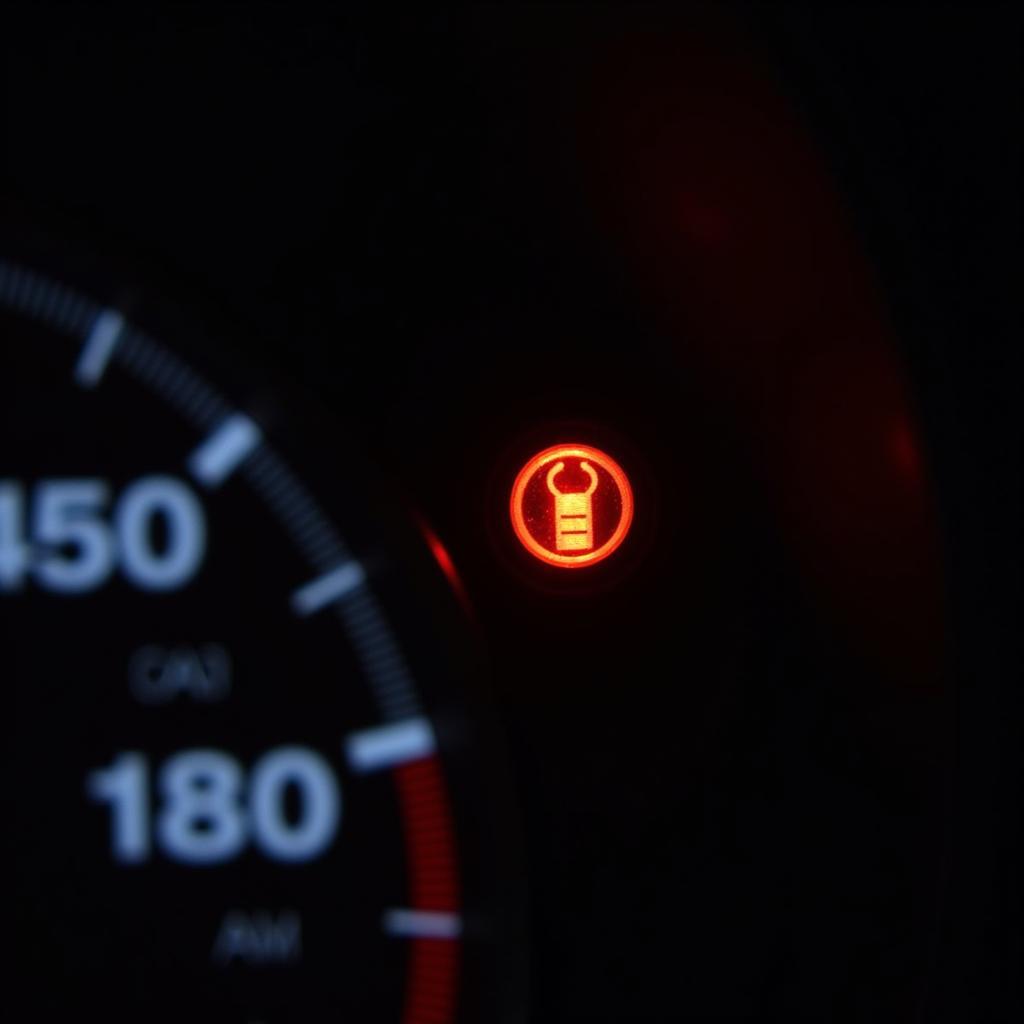If you’re driving a 2006 Honda Pilot and a brake light warning illuminates on your dashboard, it’s essential to address the issue promptly. This warning typically indicates a problem with your vehicle’s braking system, which could compromise your safety on the road. This article delves into the common causes of a 2006 Honda Pilot brake light warning and provides potential solutions to help you get back on track safely.
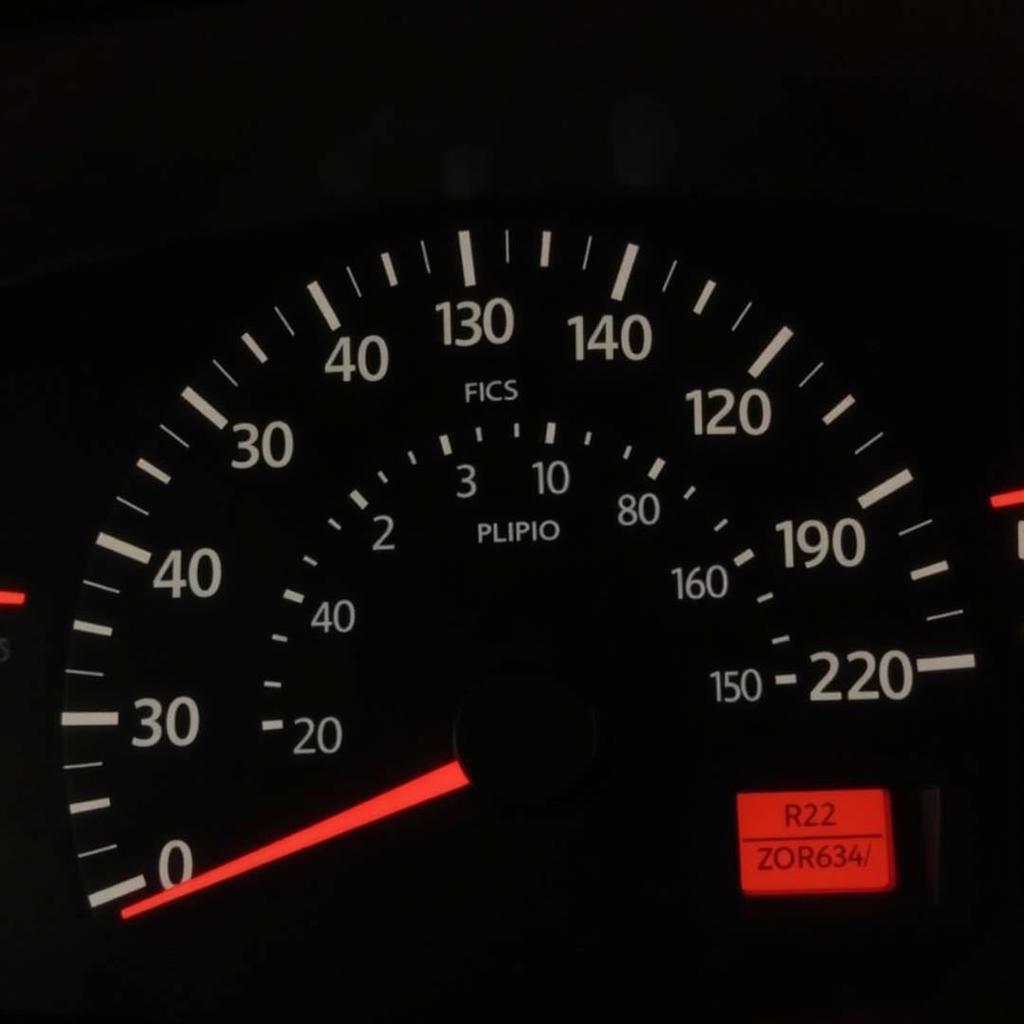 2006 Honda Pilot Dashboard with Brake Light Warning
2006 Honda Pilot Dashboard with Brake Light Warning
Common Causes of a Brake Light Warning
Several factors can trigger the brake light warning on your 2006 Honda Pilot. Understanding these causes can help you narrow down the source of the problem and take appropriate action.
1. Burnt-Out Brake Light Bulbs
One of the most common culprits behind a brake light warning is a simple burnt-out bulb. When a brake light bulb fails, the electrical circuit is interrupted, alerting the vehicle’s computer to illuminate the warning light.
Solution: Inspect all your brake lights, including the third brake light, for any burnt-out bulbs. If you find any, replace them with the correct type and wattage specified in your owner’s manual.
2. Blown Fuses
The brake light system in your 2006 Honda Pilot relies on fuses to protect the electrical circuits. If a fuse related to the brake lights blows, it can disrupt the flow of electricity, causing the warning light to turn on.
Solution: Consult your owner’s manual to locate the fuse box and identify the fuse associated with the brake lights. Inspect the fuse for any signs of damage, such as a broken wire or a blackened appearance. Replace a blown fuse with a new one of the same amperage rating.
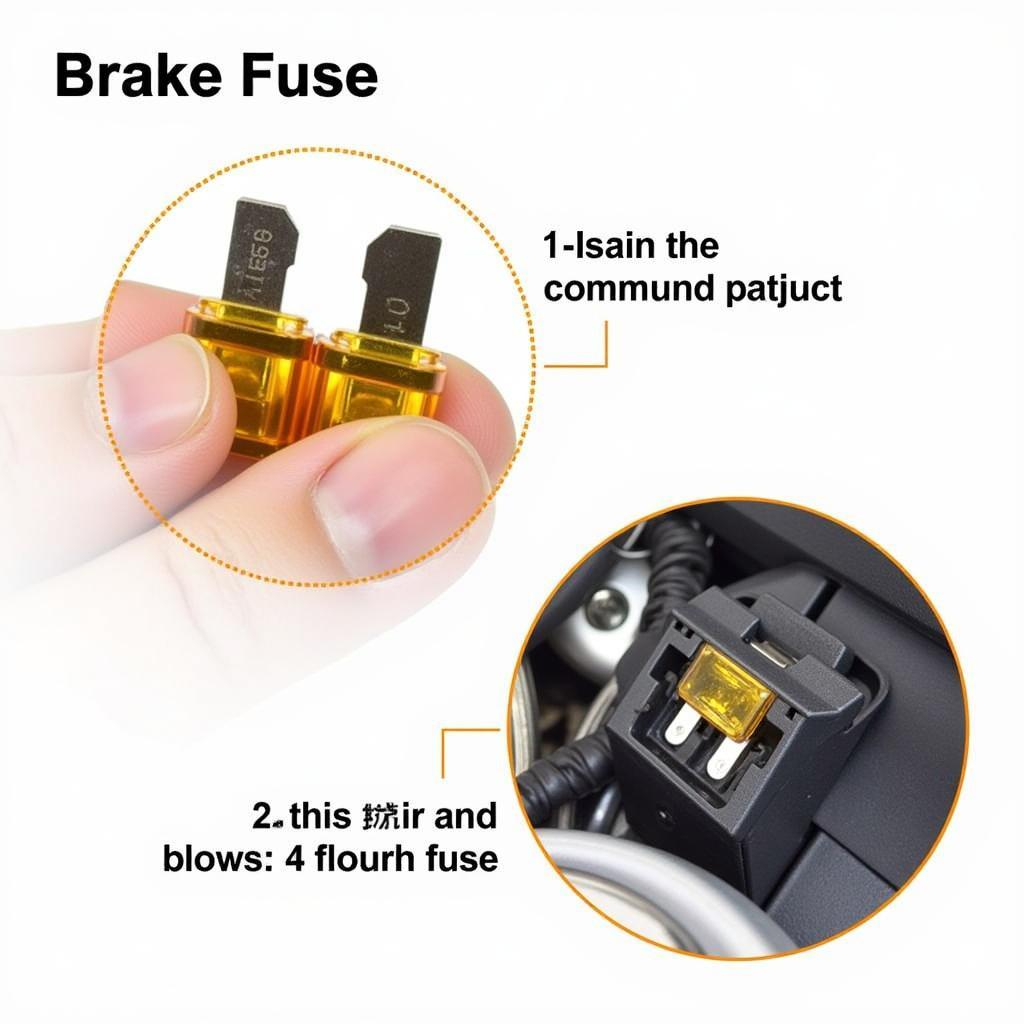 Car Fuse Blown
Car Fuse Blown
3. Faulty Brake Light Switch
The brake light switch is a crucial component that activates the brake lights when you depress the brake pedal. Over time, this switch can wear out or malfunction, preventing the brake lights from illuminating properly.
Solution: Locating the brake light switch may require consulting your owner’s manual. Once you’ve found it, inspect it for any signs of damage or loose connections. If the switch is faulty, it will need to be replaced.
4. Wiring Issues
The electrical wiring connecting the brake lights to the vehicle’s electrical system can become damaged or corroded, leading to a brake light warning. This issue can occur due to wear and tear, exposure to moisture, or rodent damage.
Solution: Carefully inspect the wiring harness leading to the brake lights for any signs of damage, such as frayed wires, loose connections, or corrosion. Repair or replace any damaged sections of wiring as needed.
5. Brake Fluid Leak
While less common, a brake fluid leak can also trigger a brake light warning. When the brake fluid level drops significantly, it can affect the hydraulic pressure in the braking system, potentially leading to a warning light illumination.
Solution: Check the brake fluid level in the reservoir. If it’s below the minimum mark, there may be a leak in the system. Have a qualified mechanic inspect the brake lines, hoses, and calipers to identify and repair any leaks.
Resolving a 2006 Honda Pilot Brake Light Warning
Attempting to diagnose and repair brake system issues yourself can be dangerous if you lack the necessary knowledge and experience. It’s crucial to prioritize safety and seek professional assistance if:
- You are uncomfortable working on your vehicle’s braking system
- You are unsure about any step of the diagnostic process
- You have identified a potential issue but are unable to fix it
Expert Insight: “Ignoring a brake light warning can have serious consequences,” says John Smith, a certified automotive technician with over 15 years of experience. “A malfunctioning braking system poses a significant safety risk to you, your passengers, and other road users. Always address brake light warnings promptly to ensure your vehicle remains safe to drive.”
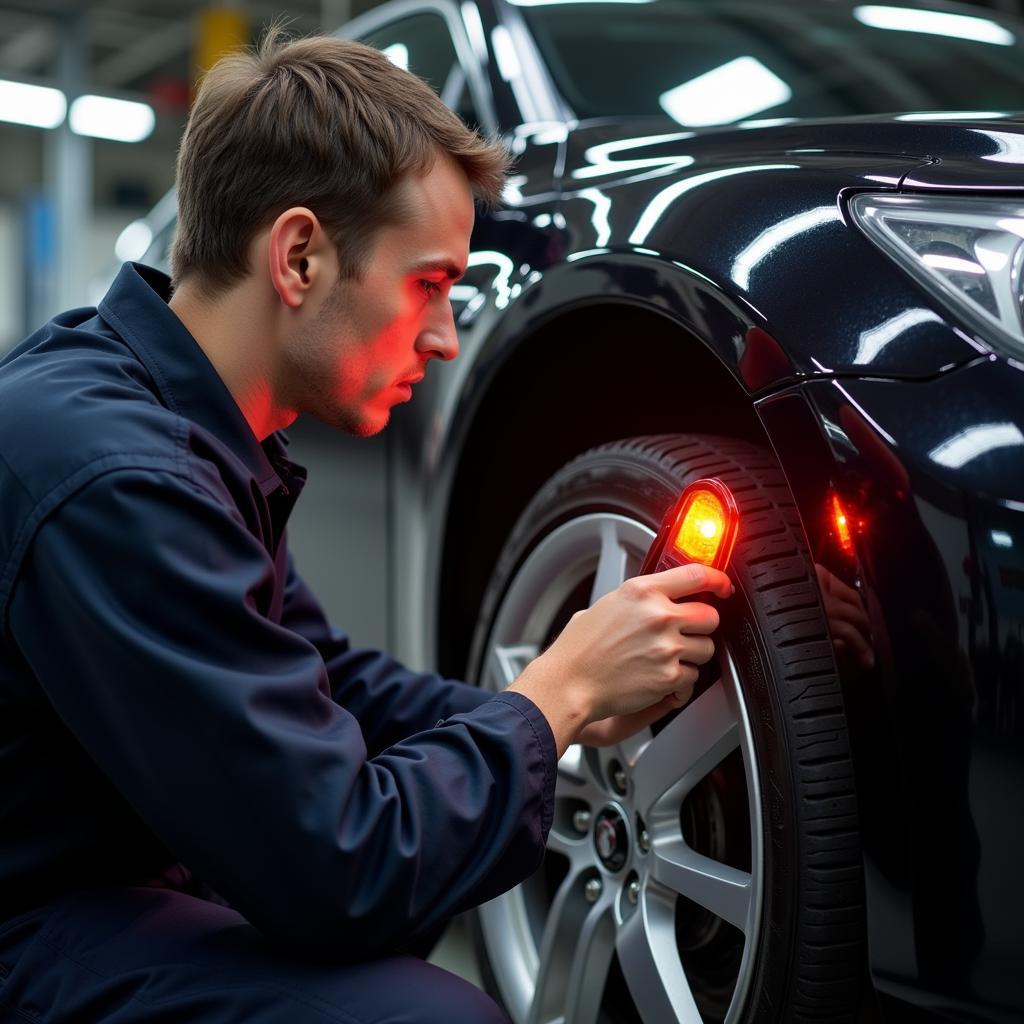 Mechanic Checking Brake Lights
Mechanic Checking Brake Lights
Conclusion
Addressing a brake light warning on your 2006 Honda Pilot is crucial for maintaining the safety and reliability of your vehicle. By understanding the common causes and seeking professional assistance when needed, you can ensure your brake lights function correctly, providing you with peace of mind on the road.

